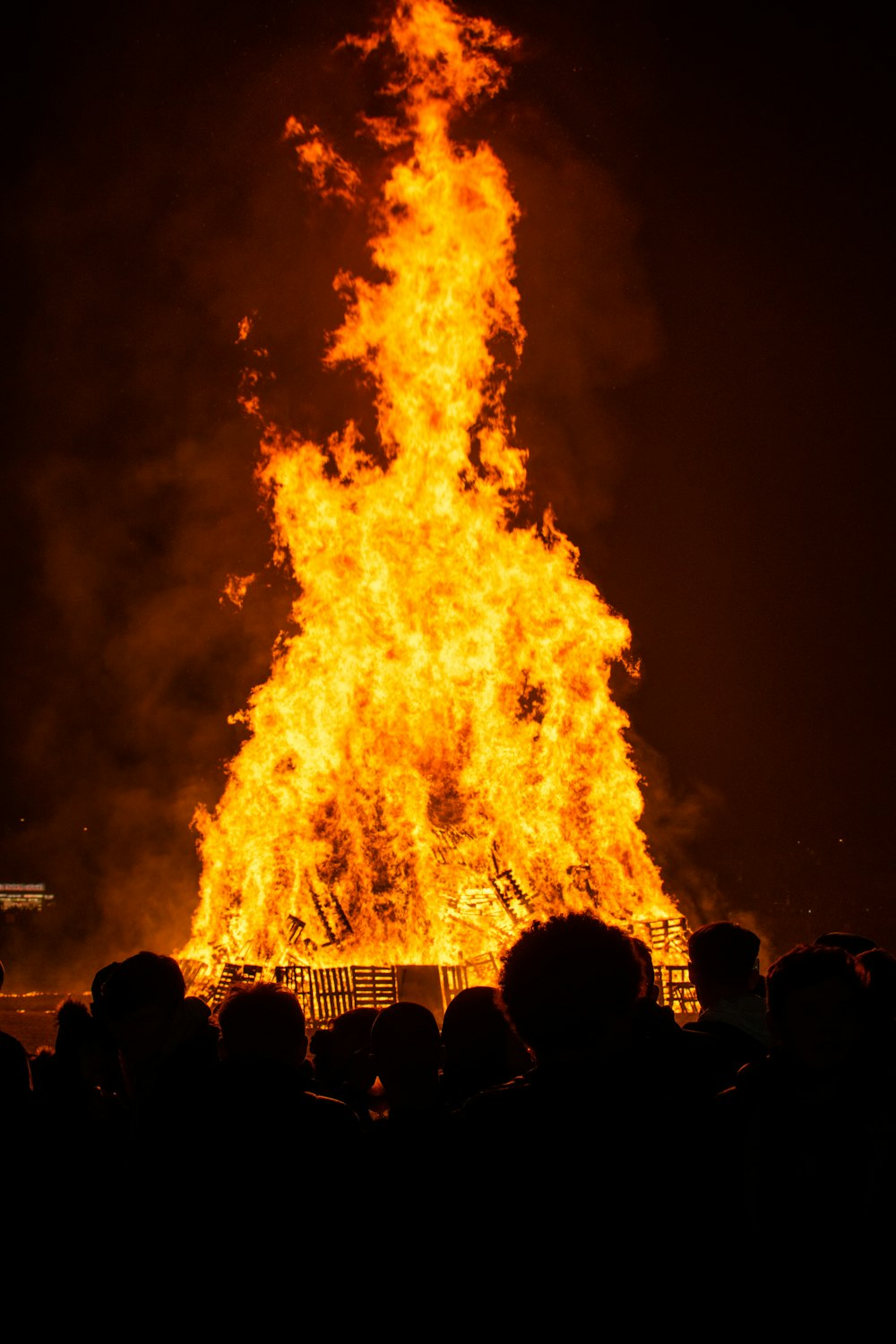Well! It’s the last day before Christmas closure at the Bodleian Library, and as I am writing this, I imagine that some of the trainees in other libraries are making their way back to family and friends for Christmas. It’s been magical to see how Oxford libraries transform at Christmas time. There have been carols in the Divinity School sung by Bodleian staff, busts decorated with Santa hats, and Christmas trees springing up all over our different sites.
Like the trainees last year, this year we decided to explore our libraries in the festive season through the medium of our very own 12 Days of Christmas- or should I say, Libmas! Originally posted over on our X (Twitter) X/Twitter account below is a list of all the presents that our libraries have ‘sent’ to us, and now to you! (Singing along is optional.)
On the First Day of Libmas, my library sent to me-
A bust of Chichele!
Henry Chichele was the founder of All Souls College and also Archbishop of Canterbury from 1414-43. One of our trainees has the privilege of working in the library there!

On the Second Day of Libmas my library sent to me-
Two book displays
Part of the trainee role is getting to be creative with book displays. Pictured below are some Christmas book sculptures from the Social Science Library. How cute!


On the Third day of Libmas my library sent to me-
Three window frogs!
According to cataloguer Peter Spokes, much of the painted glass in the Old Bodleian Upper Reading Room is of 17th century Flemish origin!
Top right frog has definitely had too much Christmas pudding.

On the Fourth day of Libmas my library sent to me-
Four festive busts!
Pictured below are busts of Professor Hermann Georg Fiedler, Prince Edward and Voltaire.




On the Fifth Day of Libmas my library sent to me-
Five old things!
1)A papyrus dating from 3 AD from St John’s College, in which the recipient is asked why they didn’t attend the sender’s son’s birthday party !

2) MS 61 – a rather lovely 13th century bestiary made in York!

3) A copy of the 27 Sermons preached by Hugh Latimer and held at the English Faculty Library! This edition was printed in 1562 by John Day, seven years after Latimer was burnt at the stake for heresy on Broad Street near Balliol college in Oxford.

4) One of a series of letters written by Jane Austen to her niece Anna in 1814. St John’s College also owns a 1797 letter from Austen’s father, George, to a publishing house, offering them his daughter’s novel ‘Pride and Prejudice’ – they said no!

5) Last but certainly not least in our list of old things, a book on Anglo-American Cataloguing Rules! Although still used in some select libraries, AACR and AACR2 were a cataloguing standard that have largely been superseded by machine-readable cataloguing, known as MARC

On the Sixth Day of Libmas my library sent to me-
Six Christmas data charts!
With roast spuds as the top dish, average Christmas budget, most desired gifts, total UK Xmas spending, average Christmas dinner cost, and toys as largest gift spend! Sprouts beat mince pies…hmm?

On the Seventh Day of Libmas my library sent to me-
Seven damaged books!
It’s inevitable that some of the Bodleian’s collections will become a little careworn, however, it’s important that they are able to keep circulating. This is when the lovely Bodleian conservation team step in!

On the Eighth day of Libmas my library sent to me-
Eight totes for packing!
Artfully (?) arranged by a trainee into a very vague christmas tree shape, these totes contain books to be refiled in our Collections Storage Facility.

On the Ninth day of Libmas my library sent to me- 9 ladies’ dancing (manuals)
Exhibited in Blackwell Hall, Weston Library, ‘The Dancing Master’ was a widely popular manual of country dances, first published in 1651.
The Weston Library is holding a Dancing Master’s Ball in January- join the waiting list here: The Dancing Master’s Ball | Visit the Bodleian Libraries (ox.ac.uk)
Or learn more about the display: The Dancing Master | Visit the Bodleian Libraries (ox.ac.uk)


On the Tenth day of Libmas my library sent to me-
10 pre-Raphaelite murals!
In 1857, 8 artists including Rossetti, Morris and Burne-Jones, painted the #OxfordUnion’s Old Library (then Debate Chamber). Their inexperience meant the art faded and some said it should be covered.
Read more about the murals and the pre-Raphaelite Brotherhood in Oxford here: OXFORD AND THE PRE-RAPHAELITES | Ashmolean Museum


On the Eleventh Day of Libmas my library sent to me-
Eleven (House of) Lords (Hansard parliamentary sittings reports) a-leaping (on to their trolley)! Did you know the Bodleian Law Library also houses the Official Papers collection?


On the Twelth day of Libmas my library sent to me-
Twelve libraries with trainees wish you a very merry Christmas!
Thank you all for reading our blog and engaging with our X posts over Michaelmas term. There is lots more to come in 2024, so watch this space!
Merry Christmas and a Happy New Year from us!




















Recent Comments